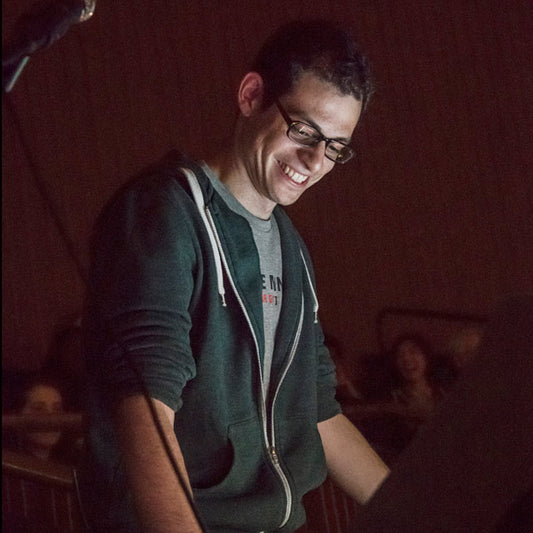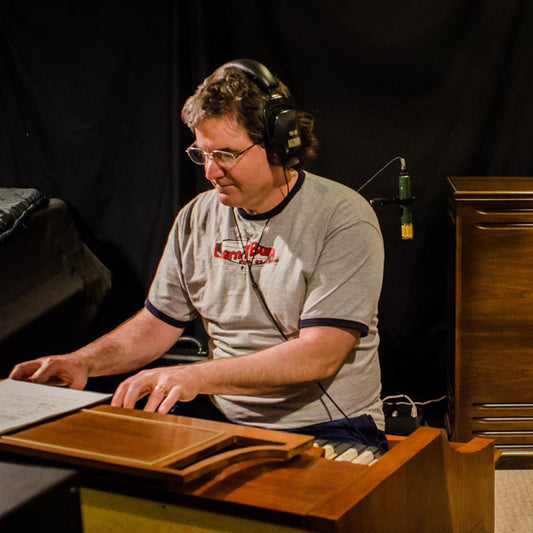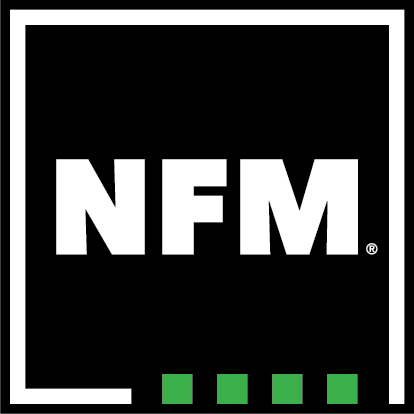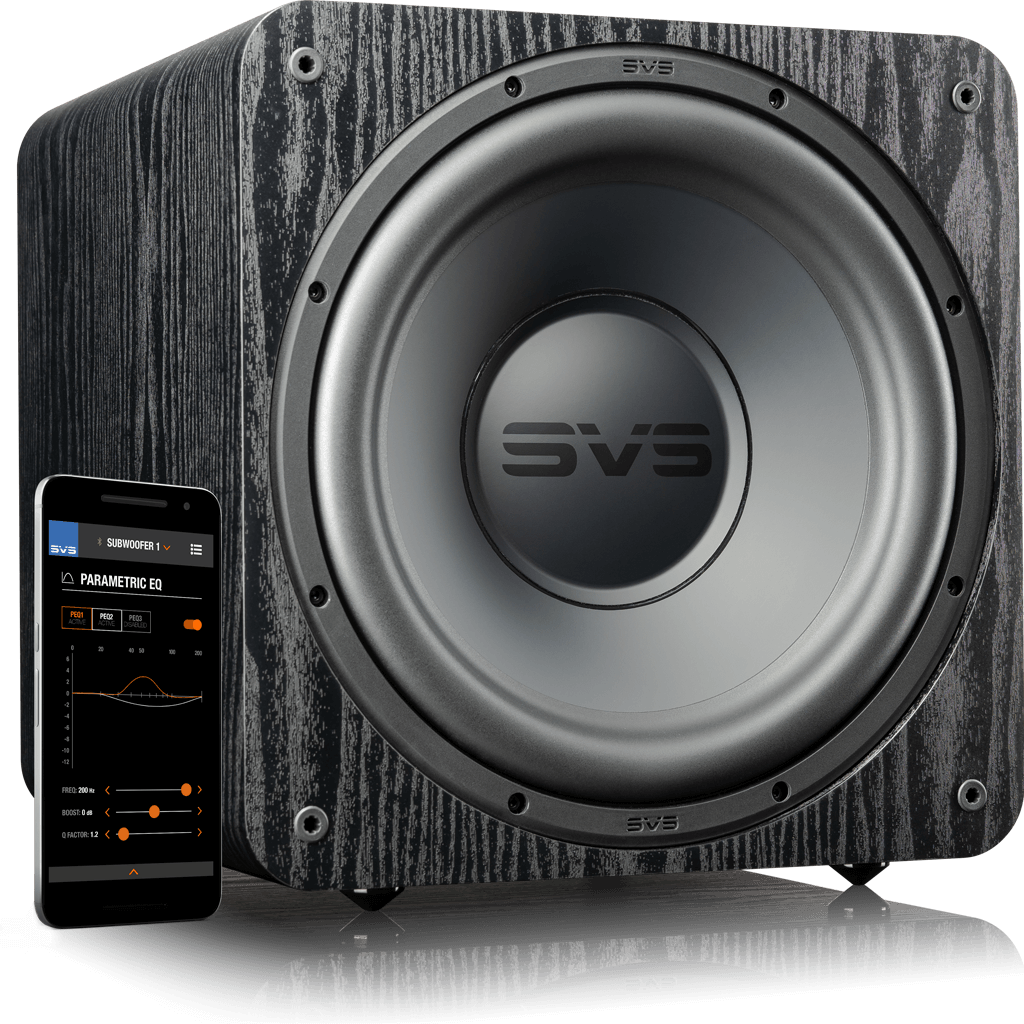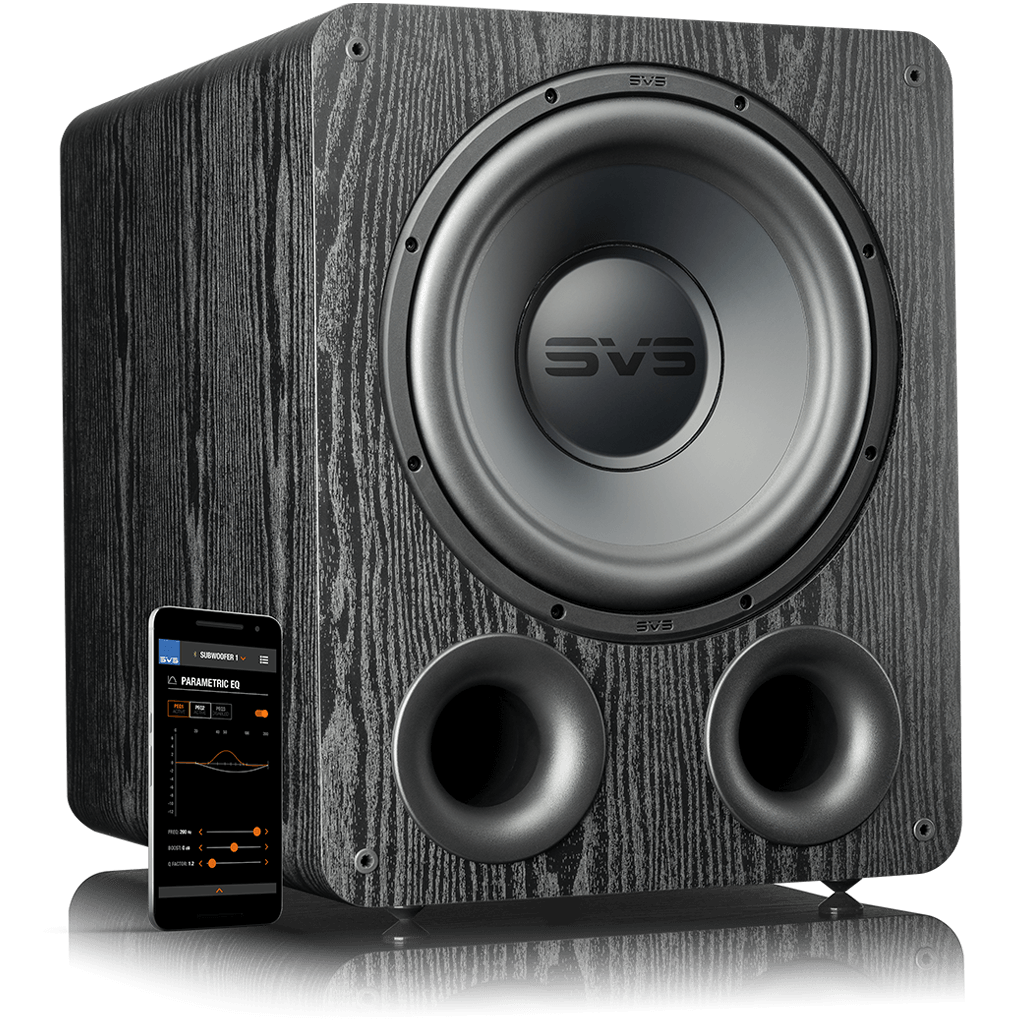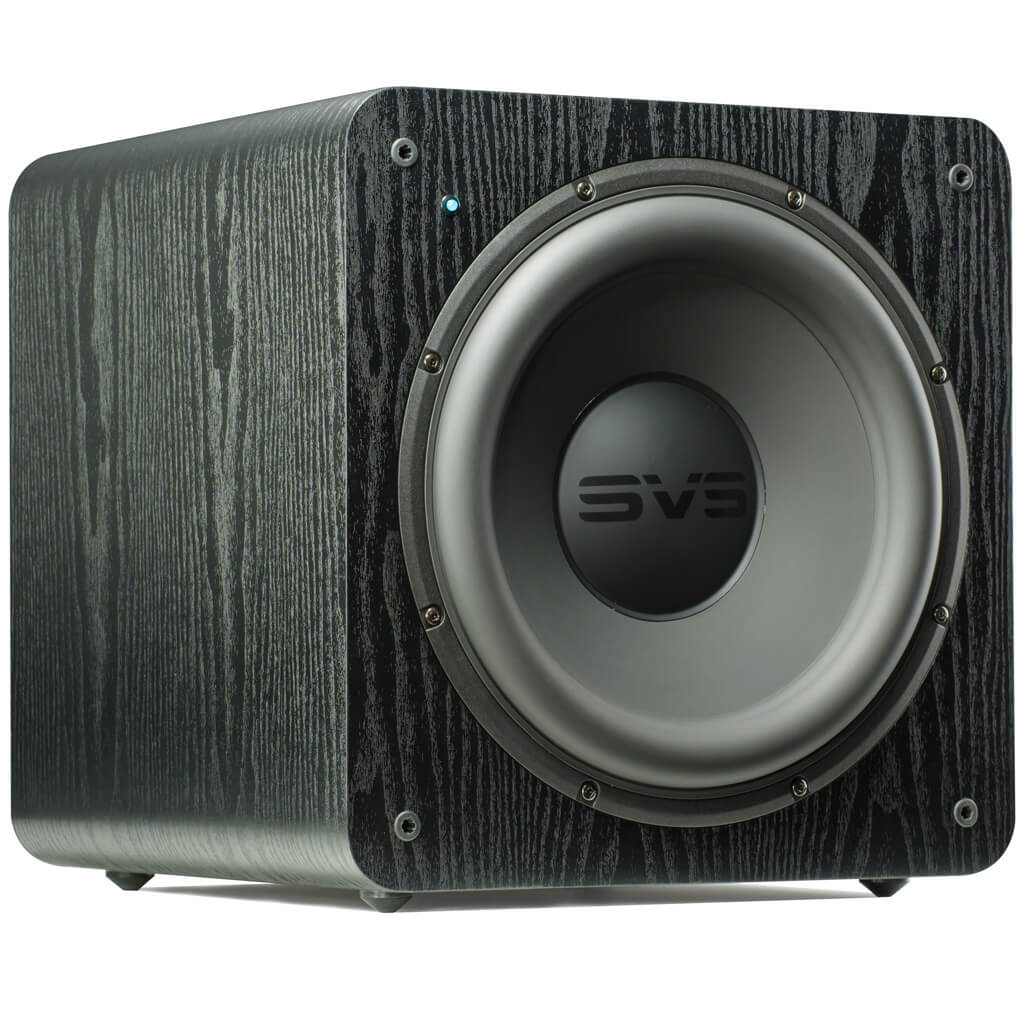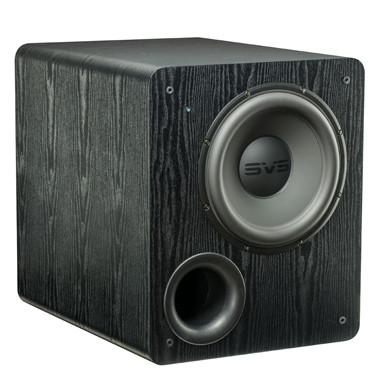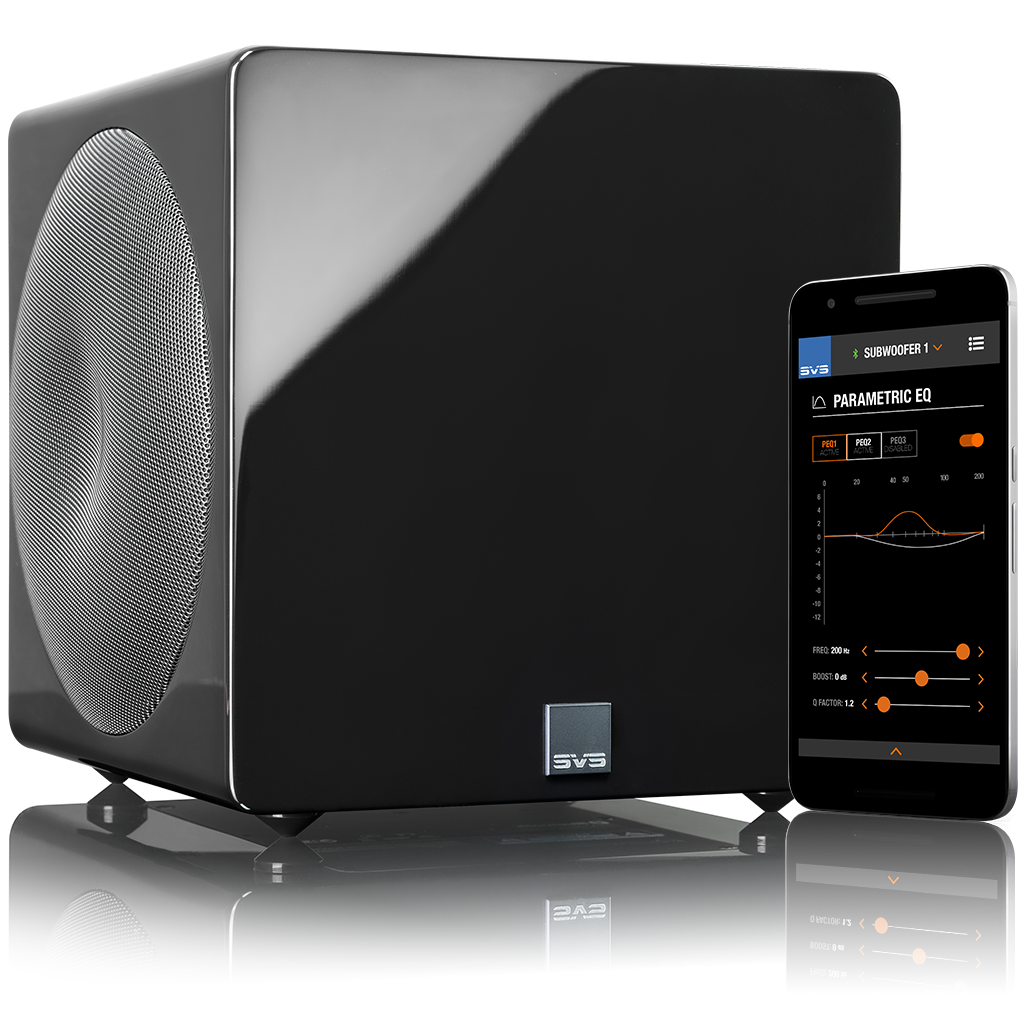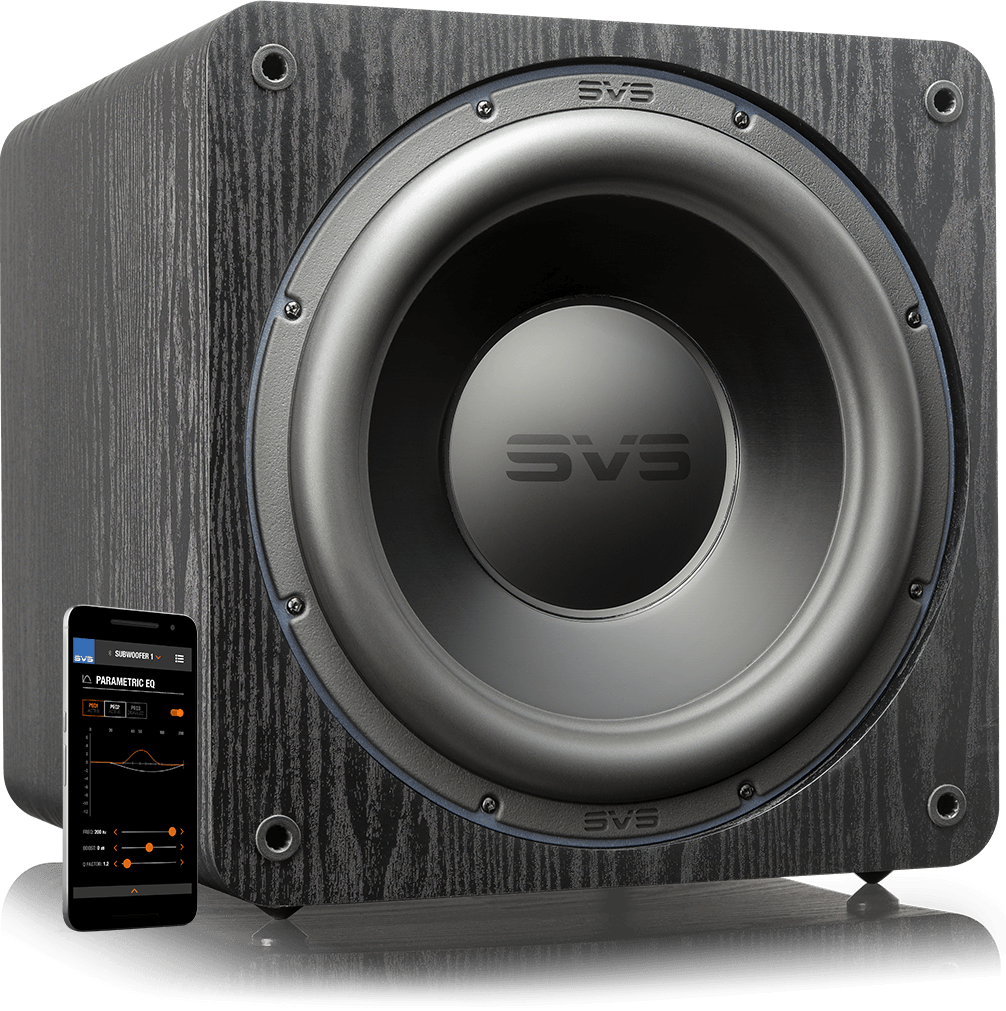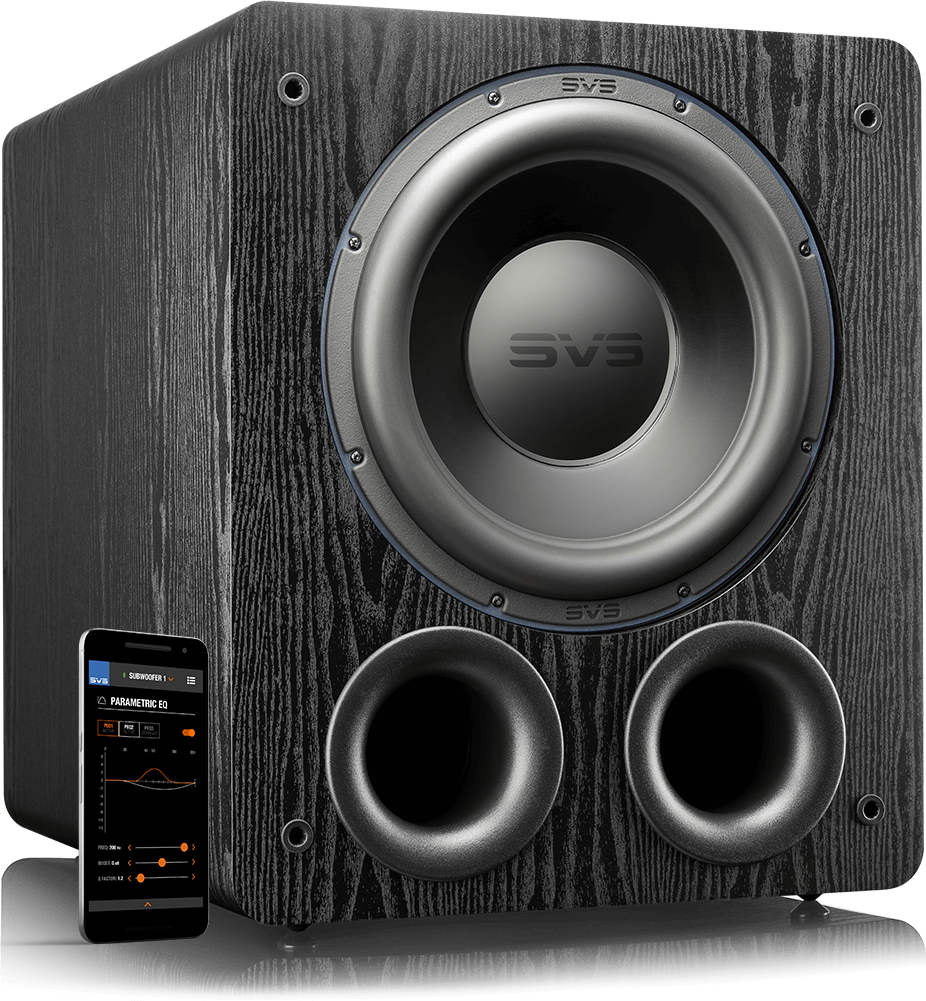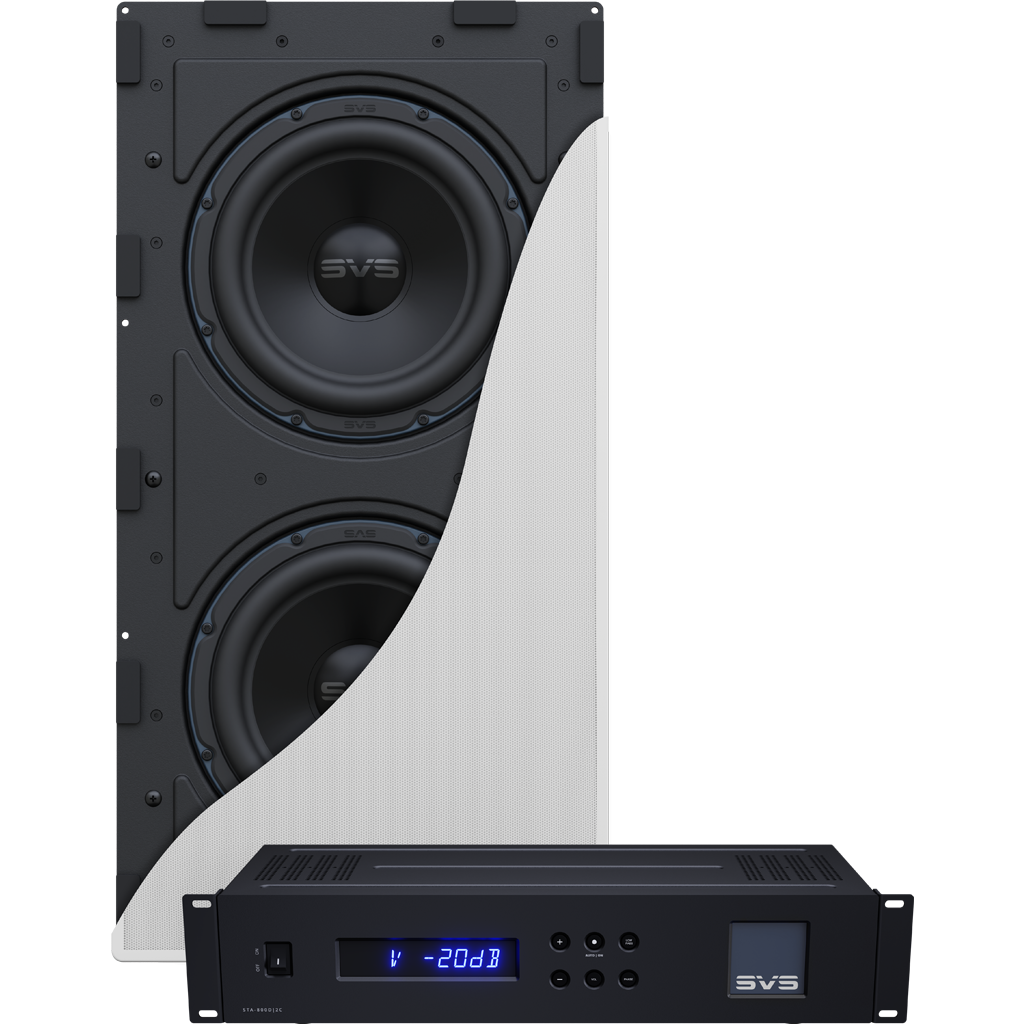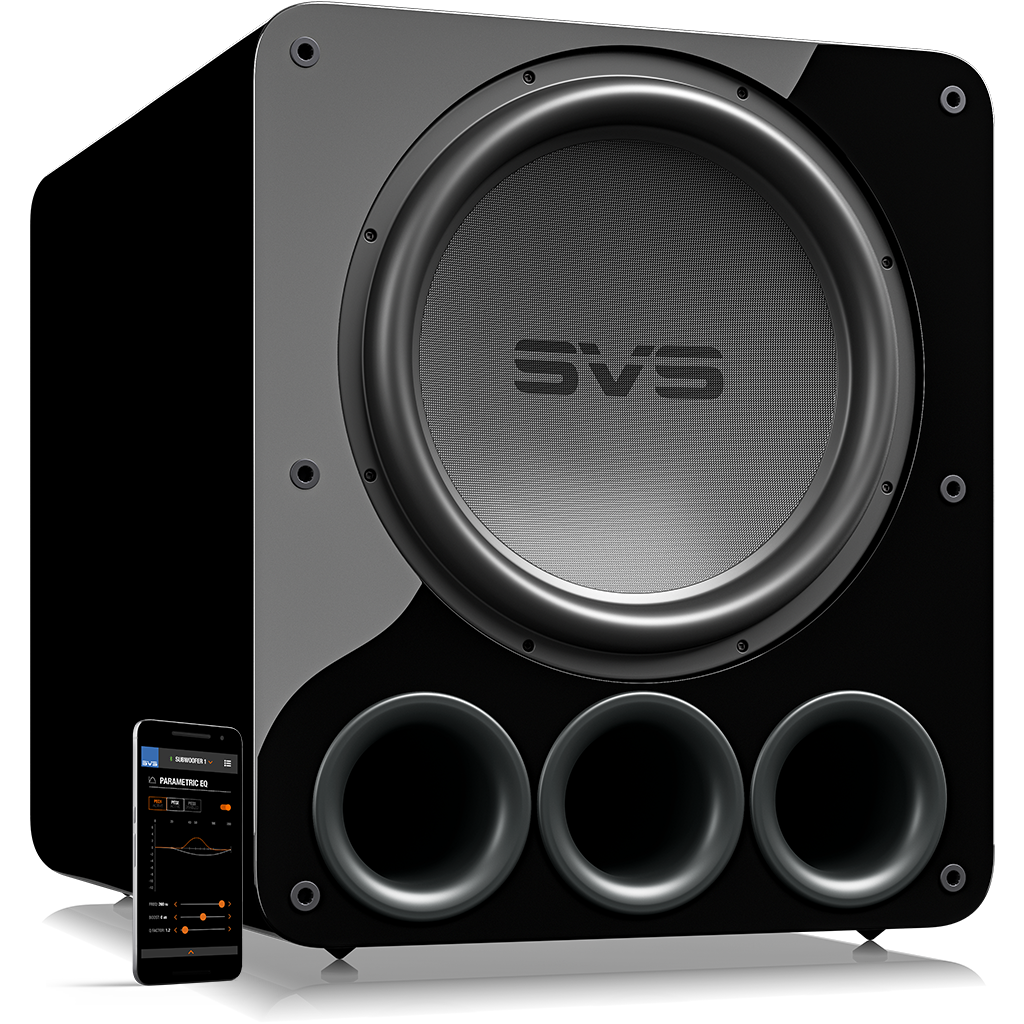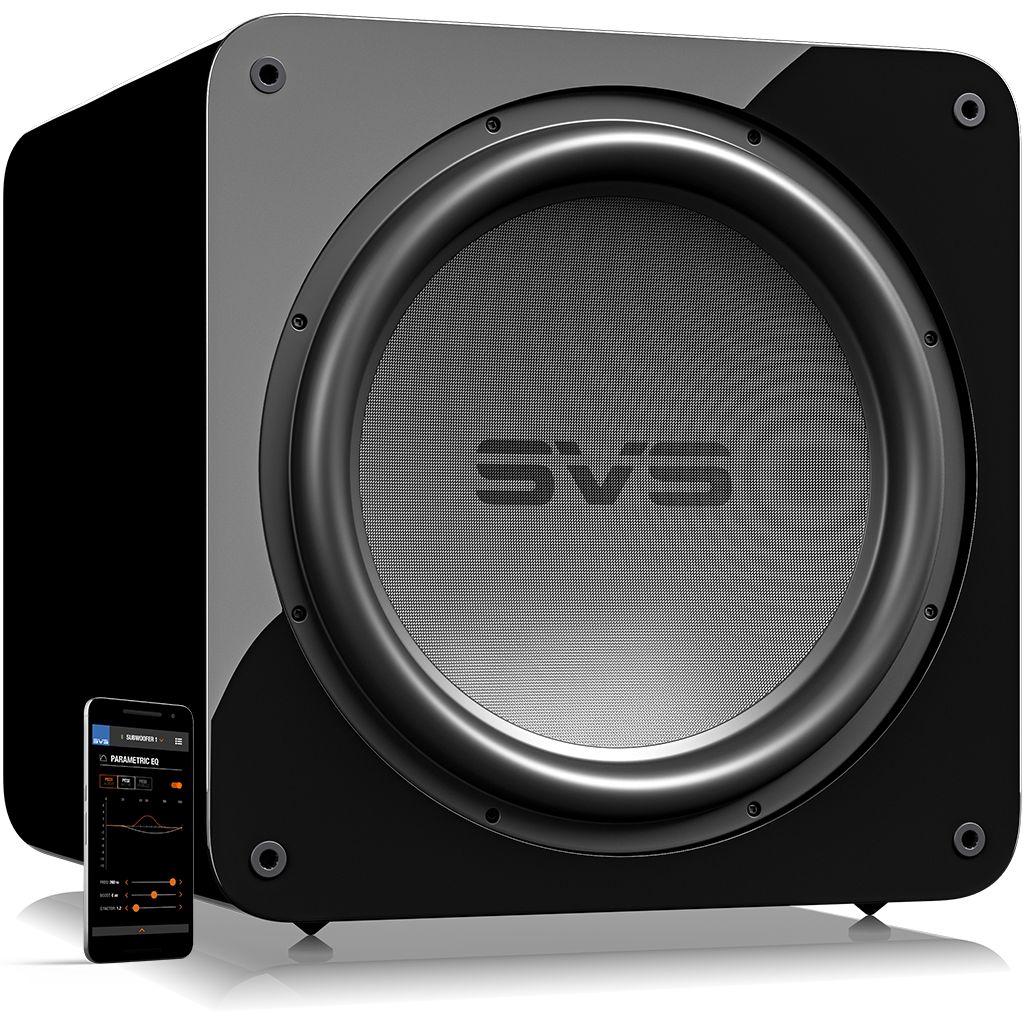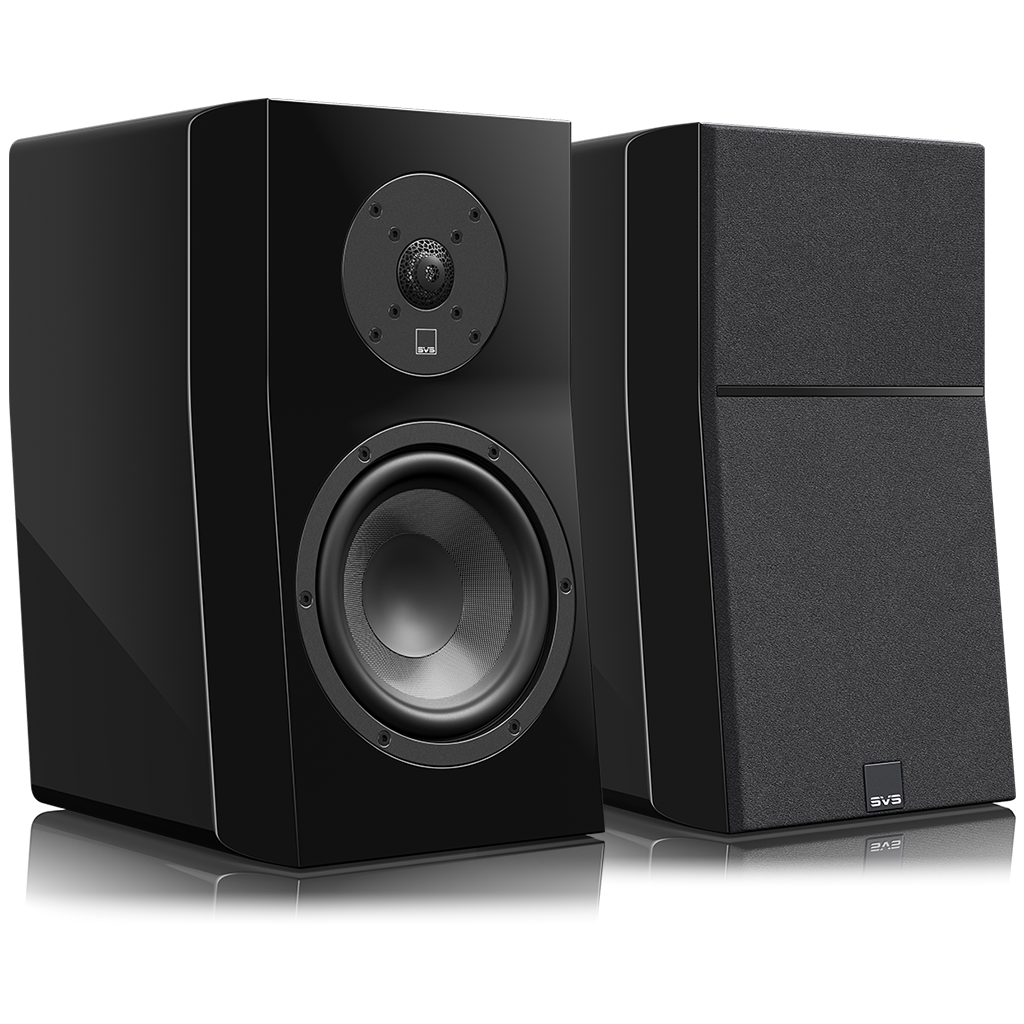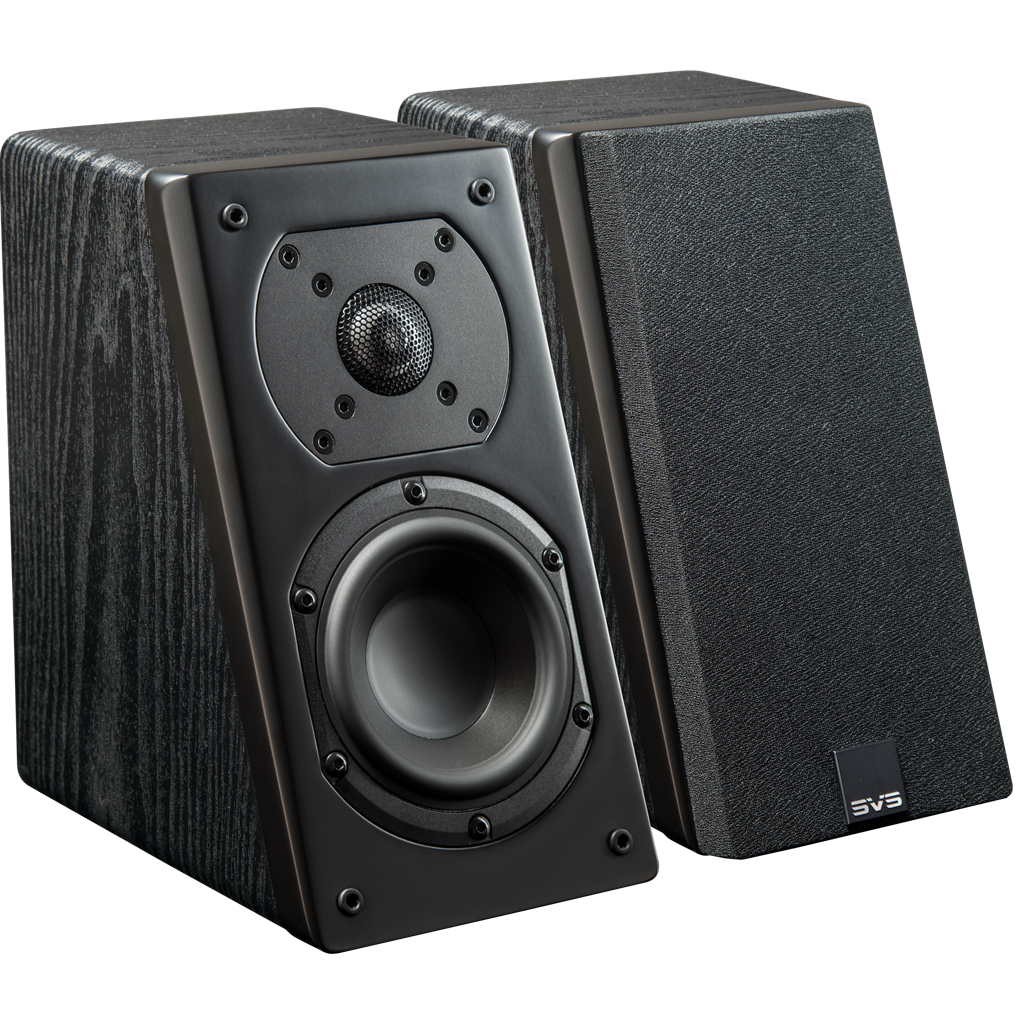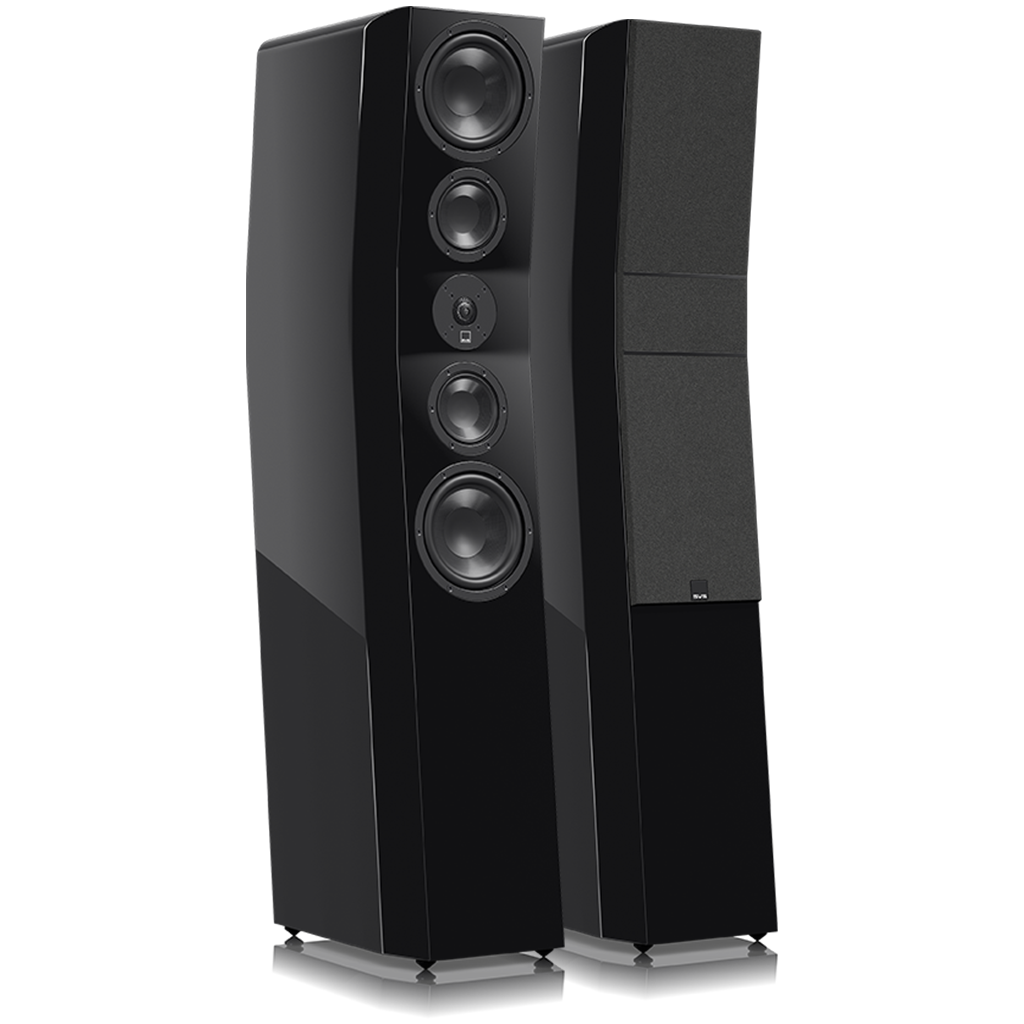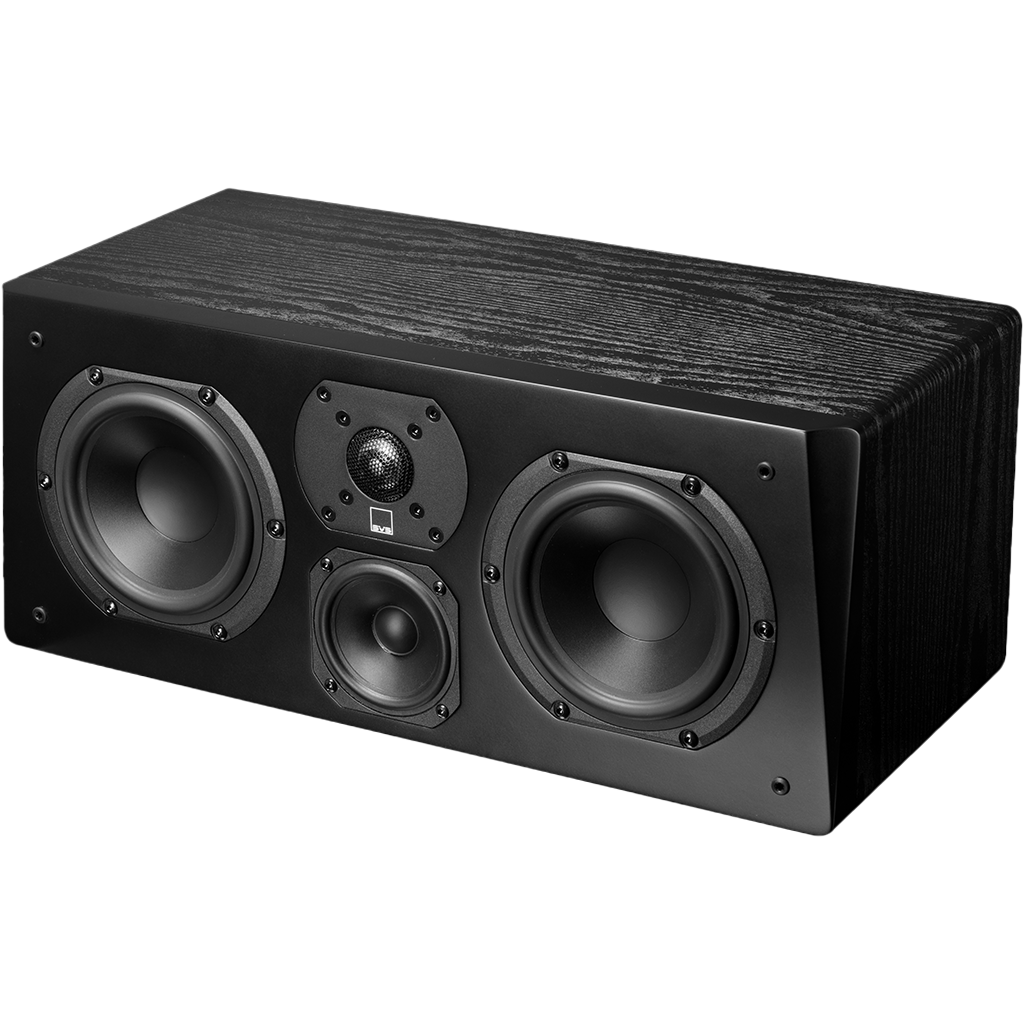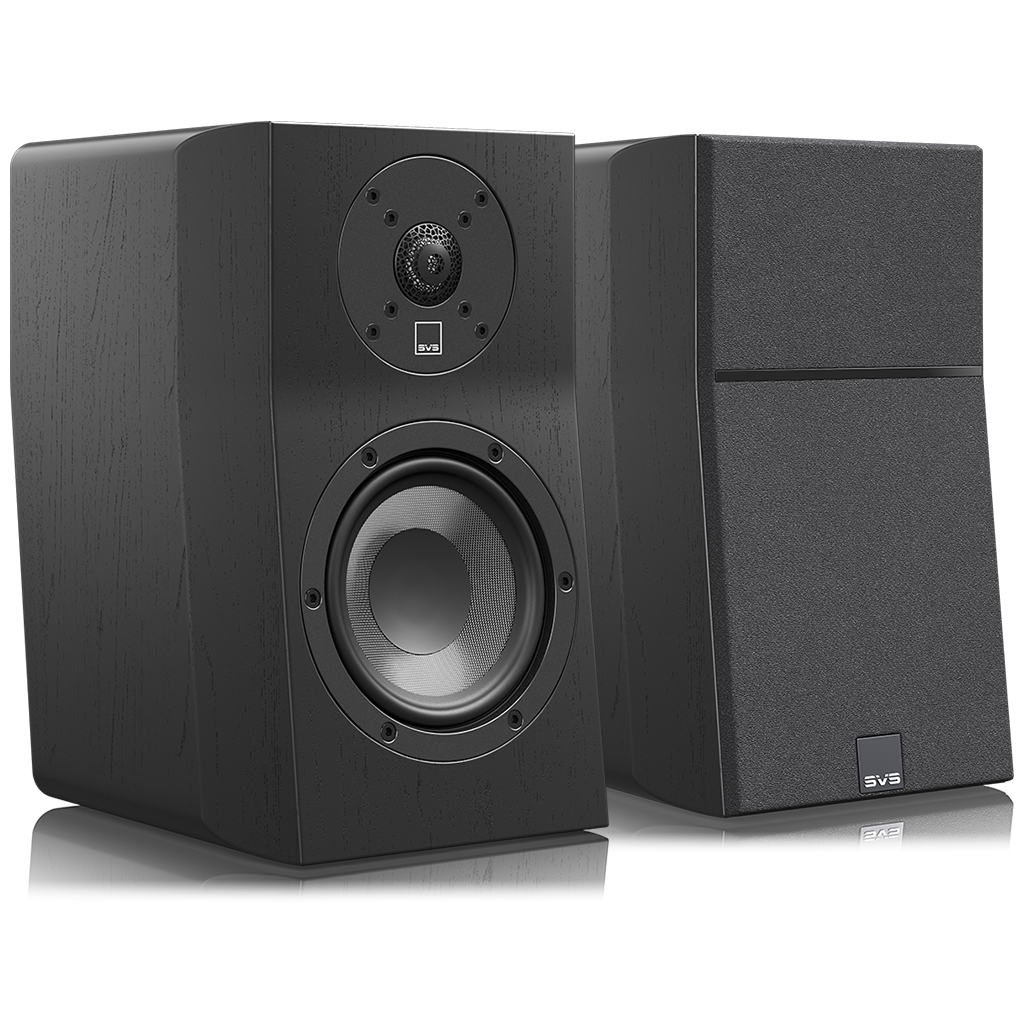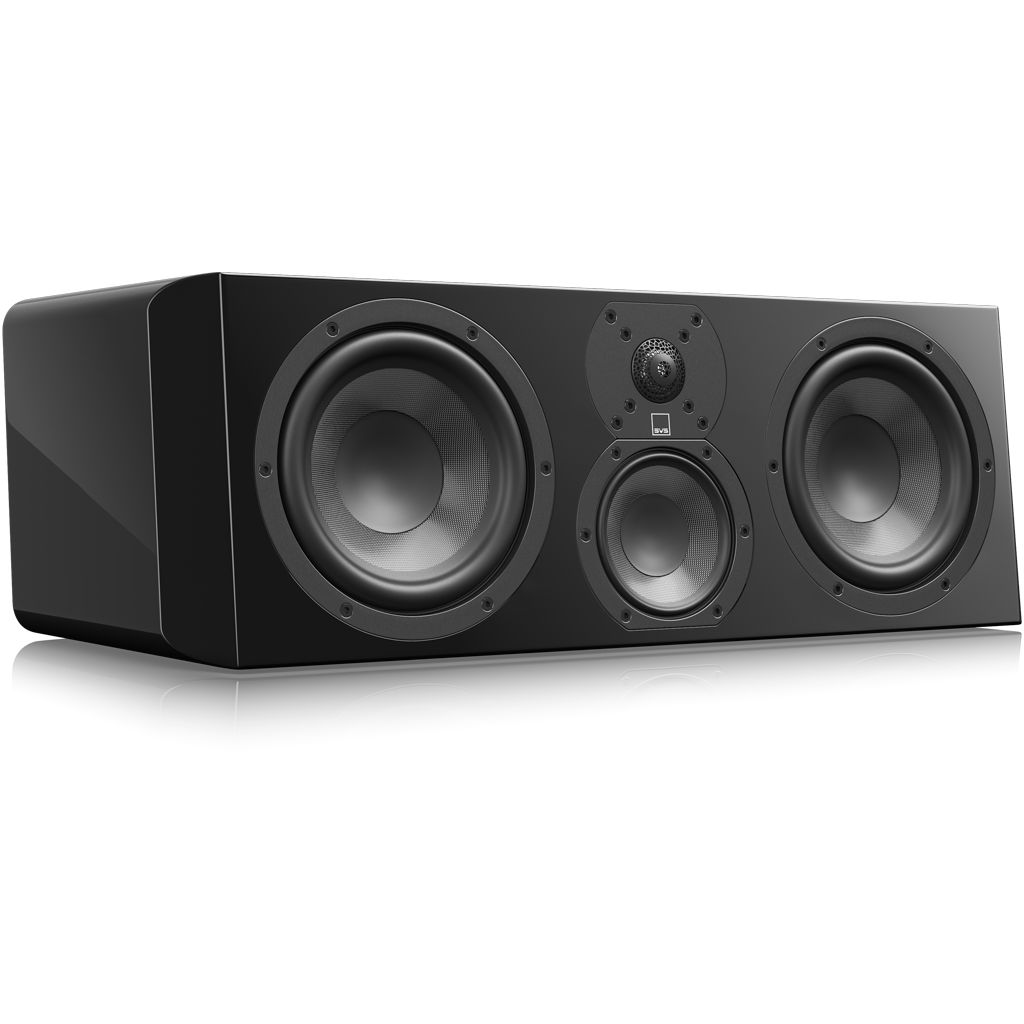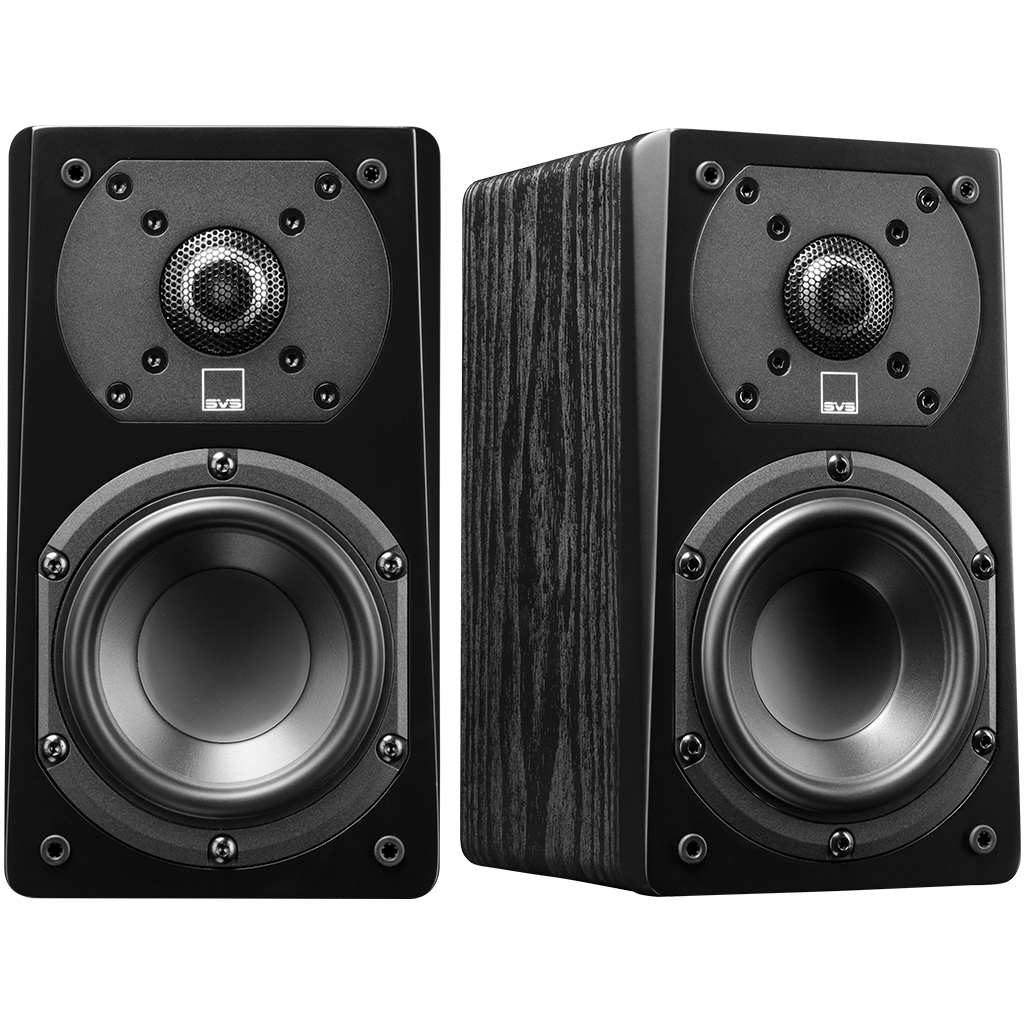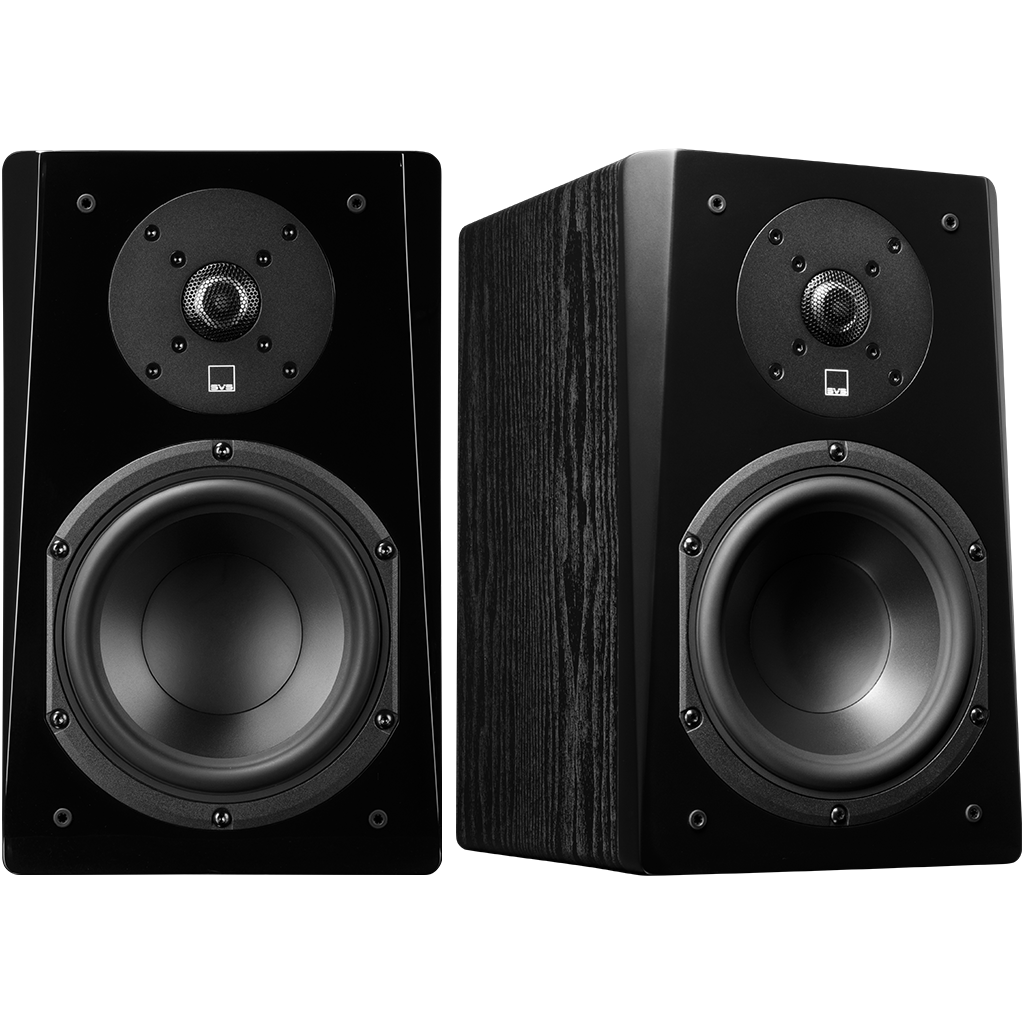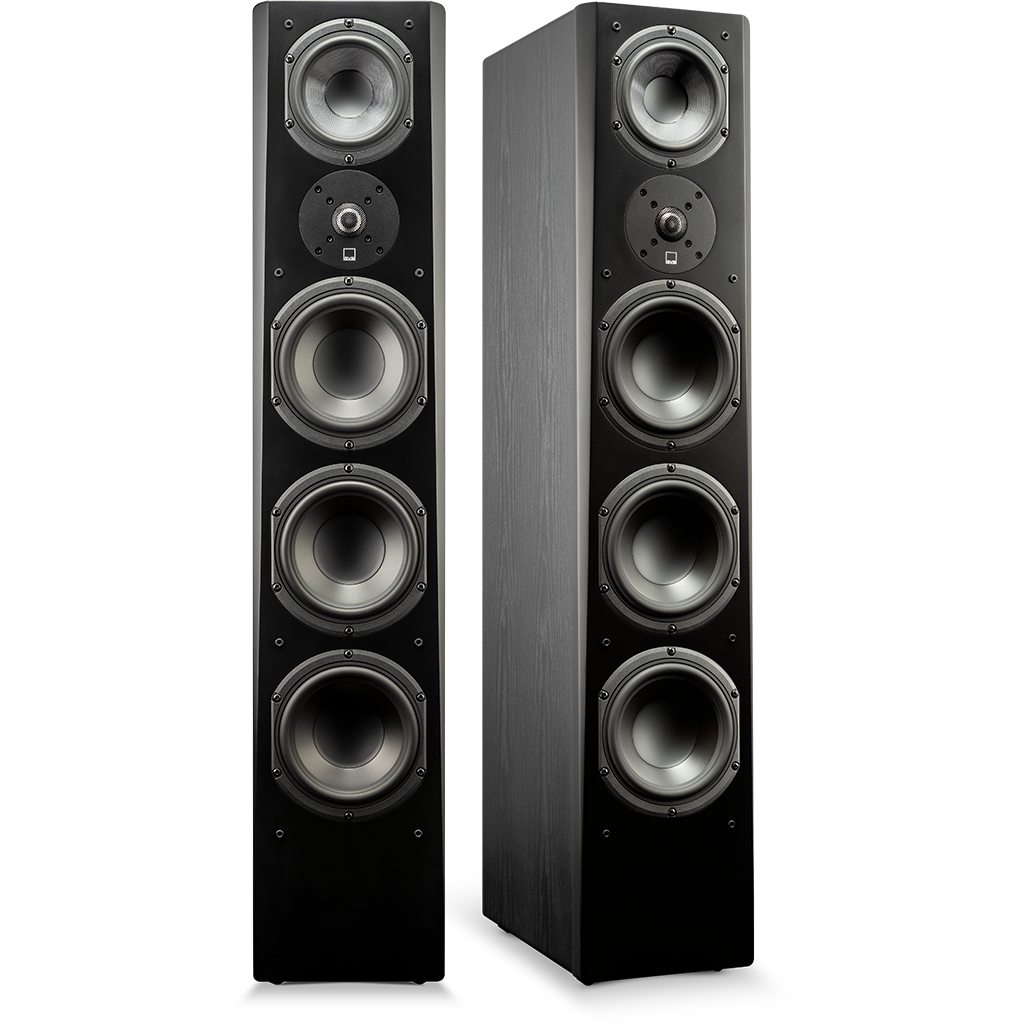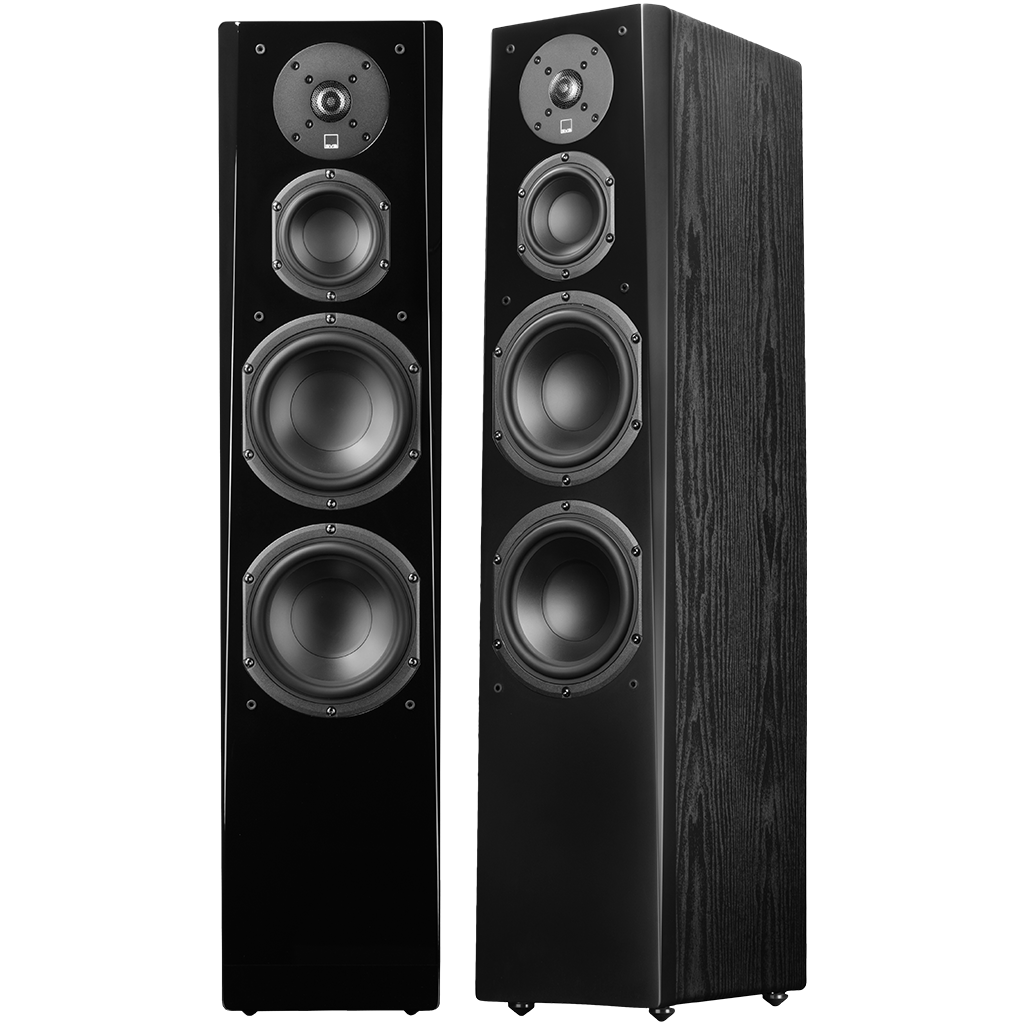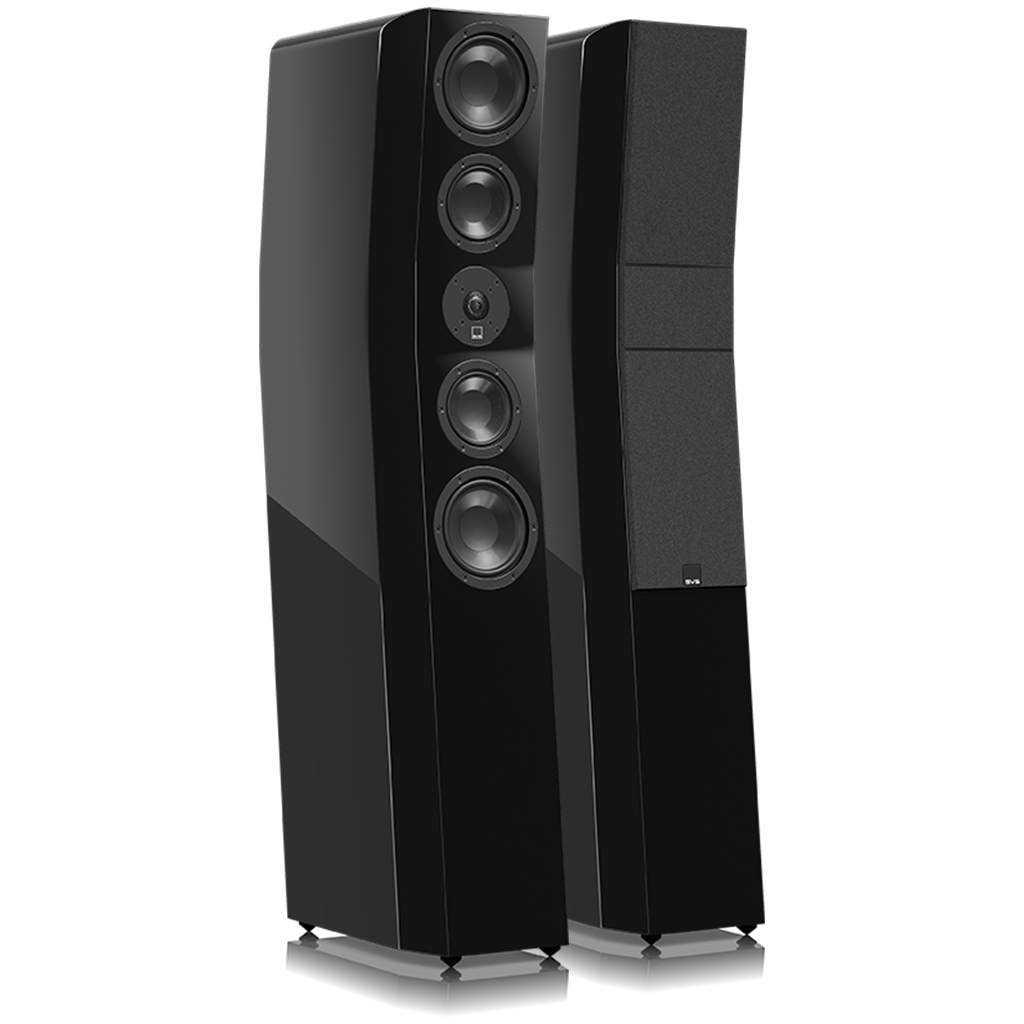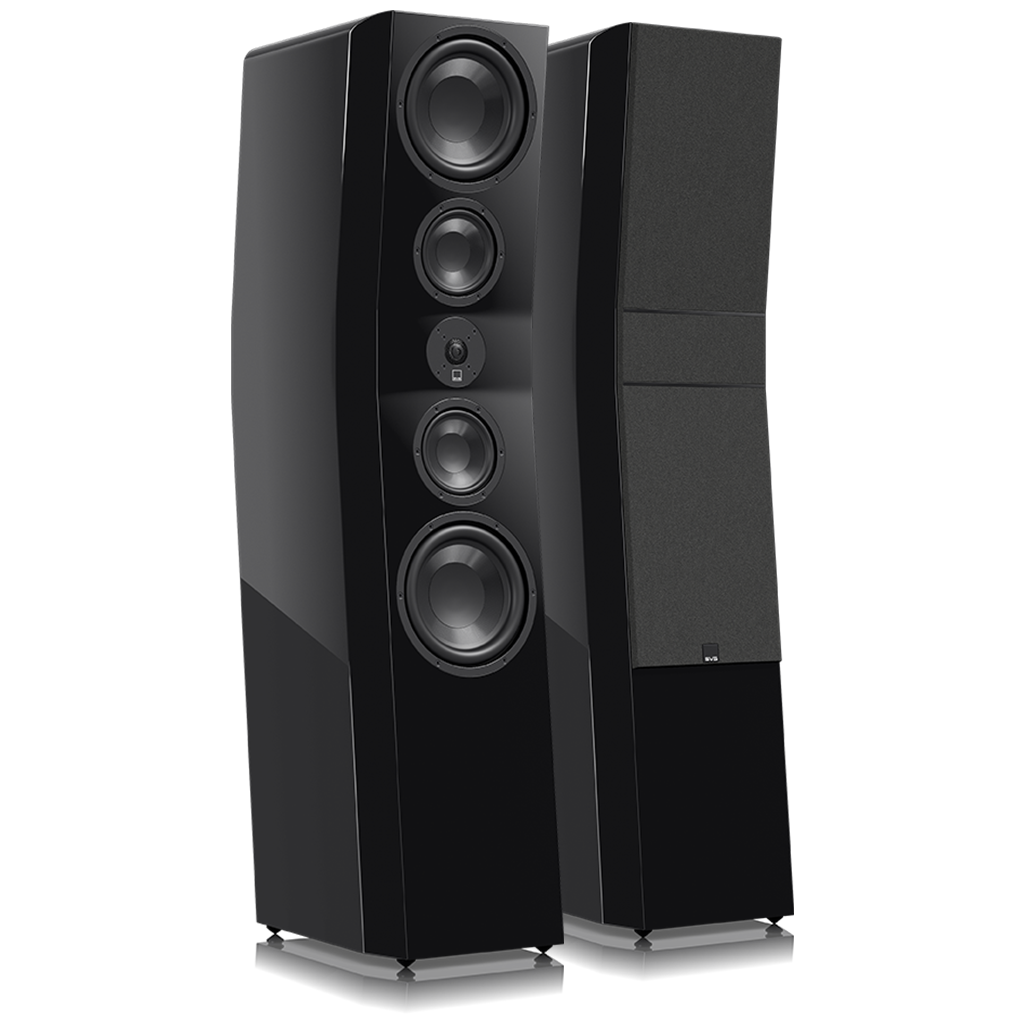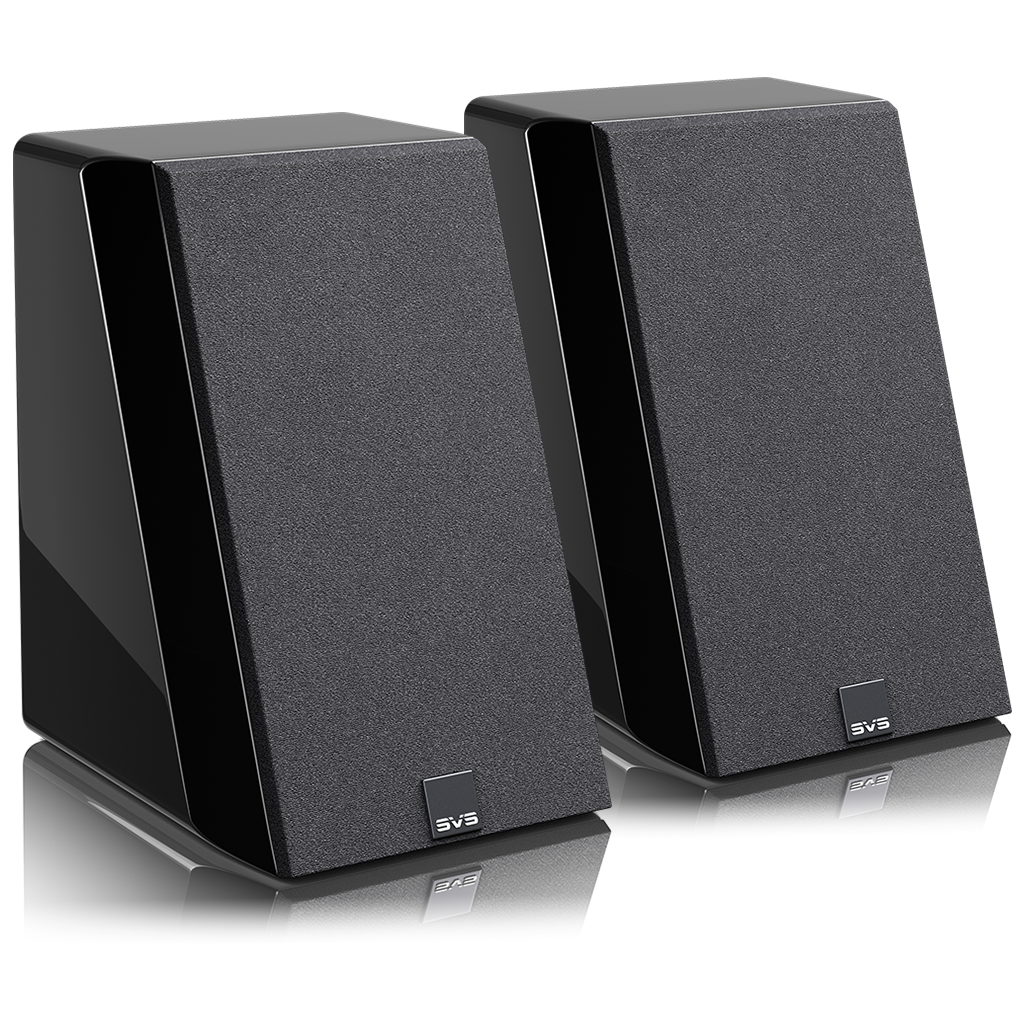Featured Artist System: Andrew Lackey, Lead Sound Designer at Wabi Sabi Sound, Ori and the Golden Forest, The Witness

Video games are one of the most stunning vehicles for experiencing audio. More powerful consoles and better recording and editing technology is pushing the boundaries for what is possible with 3D audio and immersive sound experiences, and the surface has barely been scratched.
One of the engineers behind this revolution is Andrew Lackey, Lead Sound Designer from the award-winning Wabi Sabi Sound, which provides post sound supervising and audio directing to major film, game and agency studios. Lackey recently wrapped up production on The Witness, a highly acclaimed downloadable game featuring a multitude of natural sound effects he recorded as well as audio logs and more mysterious audio content needed for gameplay.
During the final mastering of The Witness, Andrew and his team used an SVS SB-2000 Subwoofer to judge the accuracy and impact of low-end material, to make sure it would come through exactly as they intended in a real-world listening environment. We had the pleasure of speaking with Andrew in between game development projects about why bass is important to the gaming experience, how the SB-2000 helped him achieve his goals and what’s in store for the future of audio in gaming.
Questions And Answers:
Do you believe sound quality and audio artistry are under-appreciated when it comes to video games?
I think the bigger problem is with confusion about what constitutes excellent sound quality, how to get it, and what you have to pay for it. Working with a group of people who spend their days trying to create the best audio experiences possible, it’s a more important subject for me than many, but it’s painful to see people spend money on equipment that doesn’t provide even a decent representation of what we’re creating, because the components are lackluster or there’s confusion about settings and features.
Unlike visual playback, which is pretty standard, audio systems are so wide-ranging with so many options for customization and optimization that it can really complicate things for end users and have an adverse effect on their perception of sound quality. From a development standpoint, sorting out different formats and effectively making our games sound right on all the major gaming platforms is one of our greatest challenges. But even when we think it’s perfect, if a player is listening to headphones or speakers where the manufacturer tuned the frequency response for a “signature sound”, it actually throws things way out of wack from what we originally intended. A good example is when I recorded footsteps on a concrete floor, but when listening to the effect through a certain pair of headphones, it comes across as a footsteps on a hollow wooden deck, which is a completely different sensation. I think a lot of people have just accepted it or they don’t know any better, so in that sense it’s under-appreciated, but I don’t think many people even realize what they’re missing.
I would also argue that loudspeakers are held to a higher performance standard than headphones, especially once you get above a certain price, but there is still plenty of confusion when it comes to choosing the right receiver, speaker placement, calibration, settings, and other things that are critical to performance. That’s why it’s great when audio companies try to cut through the confusion and share perspectives that help demystify high performance audio and show that you can get great sound quality without spending crazy money. That will go a long way towards getting people to understand just how much of a positive impact it can have.
What is your studio set-up like?
Our studio settings are really spec’d out and we try to control the space with lots of sound absorption, so we’re really hearing a clinical representation of the work we’re doing. This is where we’re making critical decisions, designing sounds and taking raw material we’ve recorded and making it appropriate for the game by EQ-ing it or whatever else needs to be done.
In these set-ups, we have JBLs, Neuman Loudspeakers, Blue Skies, M&K, Dynaudio’s and I’ve probably got 10 different sets of headphones, and between all those, we get a pretty good idea of what a game should sound like.
How was SB-2000 Subwoofer used by the Wabi Sabi team during game development?
We used it quite a bit in the development of two recent games we worked on, Ori and the Blind Forest and Witness, both of which have very complex soundtracks. The SB-2000 Subwoofer is located in our ‘living room’ set-up where we do daily meetings and play back what we’ve created in the studios through development consoles in a more ‘real world’ type of environment with a couch and all high performance consumer gear. The intention is to hear it as other people will hear it, but also because we like to design for people who have good quality set-ups who care about the sound. Not that we don’t test on lesser equipment too, but premium gear is much less forgiving. When we’re sitting around in those sessions, we’ll say things like, “This feels a little light on the low end,” or “this lacks realism,” and we’ll make a lot of comments about frequency response as part of the process of creating the best audio experience for someone playing the game.
Low end is so much about feel, and when we swapped out our previous sub for the SB-2000, there was a much more solid foundation and it went so much lower than what we had before. When we plugged it in and ran some test tones at reference levels, it just sounded very capable without a hint of straining or distortion, and with my critical brain it’s like, OK, this thing can do it, I’m going to trust it.
A lot of times when we test subs, I’ll notice they’re edging out a bit when playing deep, but there was plenty of headroom with the SVS. The low frequency extension also gave this sense that there’s nothing we could possibly be missing, and even when it was playing down around 30 or 40 Hz, it just never gave any sense of struggling, which is so important when you’re mixing layers of music, sound effects and other audio. Psychologically, when I can flip that switch of trust, I can get into analytical mode on the games and really believe what’s going on.
Why is bass important to the gaming experience? What role does it play?
As someone who’s creating the audio experiences, low end represents the unknown because it can get through almost any structure and it’s almost like this mysterious force that’s coming from somewhere else. In gaming, that serves us in a couple different ways when we’re dealing with it creatively. The low end is especially important in the more anticipatory parts of a game where maybe you’re walking into a room and we’re setting you up to think something bad might happen to you. Like maybe you were having a fun experience or enjoying the beauty of the scenery, but after crossing a threshold you get a sense of some mysterious ominous force, or feel enveloped in a way that psychologically alters the mood and your gameplay perspective. These are moments where we’re going to, timewise, use more sustained low end to convey that change of emotion or feeling. But there’s also a lot of low-end in beach waves and wind and even soft gentle breezes that create a feeling of pressure differentiation, so bass can be really useful in creating pleasant feelings as well.
The other important way we use low end material is to create impact. Bass is just so physical in nature, and it’s basically using the entire room as a speaker box in an omnidirectional way, so it has this very visceral sort of feeling to it. You can feel it in your pant legs at times and the sensation of the whole room vibrating makes it great for creating punch and punctuation. A lot of times that punching feeling is really gratifying whether you’re literally punching another character in the game or whether you’ve done something that creates a feeling of success.
On the psychoacoustics side, sound effects really play to the reptilian level of the brain that responds to the very base level of your senses. Your brain is basically collecting all this data and processing what’s important and what’s not, and then sharing what’s important up to your consciousness. Your ears are on 24/7 every day of your life, so there’s a lot of content to filter out, but when you’ve set a scene up right and the low end comes in, your amygdala wakes up and is like, ‘Oh shit, you’re in trouble, something big and bad is about to happen and I don’t know what it is, so let’s trigger the rest of the nervous system to react and be on high alert.’ When you don’t have a proper sub or it’s not set up right, you’re just not going to get that feeling.
Why do you think people should care more about the audio experience in games?
I guess the answer is two-fold – from a personal perspective, we’re doing all this work and we’d love people to appreciate it fully, but the one thing consumers and manufacturers and content designers all have in common is that we all want to deepen the experience. There’s a genuine interest across the board and everyone understands the potential sound has to do enhance the experience, but one of the questions we always face, is how many people are actually going to be able to enjoy this mechanic or effect?
There’s a great example that came up with The Witness because the sound is such an important part of the puzzling experience and there’s so much dynamic range that it can actually affect your ability to proceed through the game if you’re not picking up the audible clues clearly. We had one reviewer comment that he had to turn his TV speakers way up in order to pick up the finer details, which speaks to the importance of having a system that isn’t limiting to the game content. With this game specifically, it’s really important for you to know when something is significant from a gameplay standpoint sonically. Of course we have to be sensitive to people with less than full range headphones or systems because we never want to create a scenario where someone can’t finish because they have a lesser audio set-up, so there’s definitely a balance we have to strike.
Do you think the concept of audio as essential part of gameplay will be a significant trend going forward?
I think so. Sound can be so much more than just effects or music, and we’ve only scratched the surface for what is possible in terms of using contextual sounds to provide clues, or adding to the experience on a deeper emotional or sensory level strictly through the use of audio. In general, I think people’s audio systems are getting better and on the content side, audio experiences are getting better. I would say The Witness is a tiny step in that continuum, since you really can’t complete the game unless you’re listening, and that’s kind of unique. It’s one of the first times in a video game that sound has figured into the critical path, and based on how great the reviews have been and how deeply people have been into the game, we’re showing just how powerful sound can be.
And to speak a little bit to the future, audio systems are actually going to have to get much better. If and when virtual reality ends up being a new segment in the entertainment market, 90% of people’s audio systems are inadequate, and that includes headphones. The spherical type of ‘you are there’ reality of omnidirectional sound has much greater demands, so to reach the next level immersion, a lot of people will have to upgrade their systems for both vertical and haptic feedback.
What’s funny is that most people don’t know games have been mixed with height effects and that kind of 3D sound forever. They’re designed with that information already built into them. The stuff that’s happening with movies, like Dolby Atmos and DTS:X, has been present in games nearly forever. We’ve just had to factor it down to the horizontal plain because there’s been no way to output the information and no one had a set-up that could play it back anyways. Now, the consumer market has options and there’s been a few games to come out that will give you height information in the speakers, so I fully expect that will grow.
Do you have a lot of metal swords and other weapons in your office for recording battle or fight sounds? Anything that might surprise people?
It’s funny, I’ve recorded everything from cars dropping from cranes to basketballs bouncing on a street to all different kinds of lightning storms and weather, because you really can’t create these sonic experiences accurately from scratch. We’re very much oriented towards recording and our studios have a library of well over 15,000 sound effects that we’ve taken from boats, at the beach, in old buildings, in the forest, and really anywhere that’s consistent with the game we’re working on. We designed our company to be very agile so we have field recorders ready to go all the time if we have an idea or there’s something we want to capture randomly. And the editing tools are so precise now that you can fix imperfect recording pretty easily.
We are working on a game now where we really want to help players get a spatial perspective in terms of where gun fire is coming from so they can interpret the position merely from the audio cues, but we also want them to experience the delay and reflections that would be evident from a gun fired from far away. To capture this, we’re going to the Georgia Mountains to shoot several different kinds of firearms with different caliber bullets from all different locations both nearby and from far away. This will provide a sense of differentiation when you hear someone shooting at you from an open field nearby versus on top of a ridgeline from ½ mile away. The actual sonic properties of the gunshots will differ depending on where you are. That’ll definitely be a fun day at the office.






